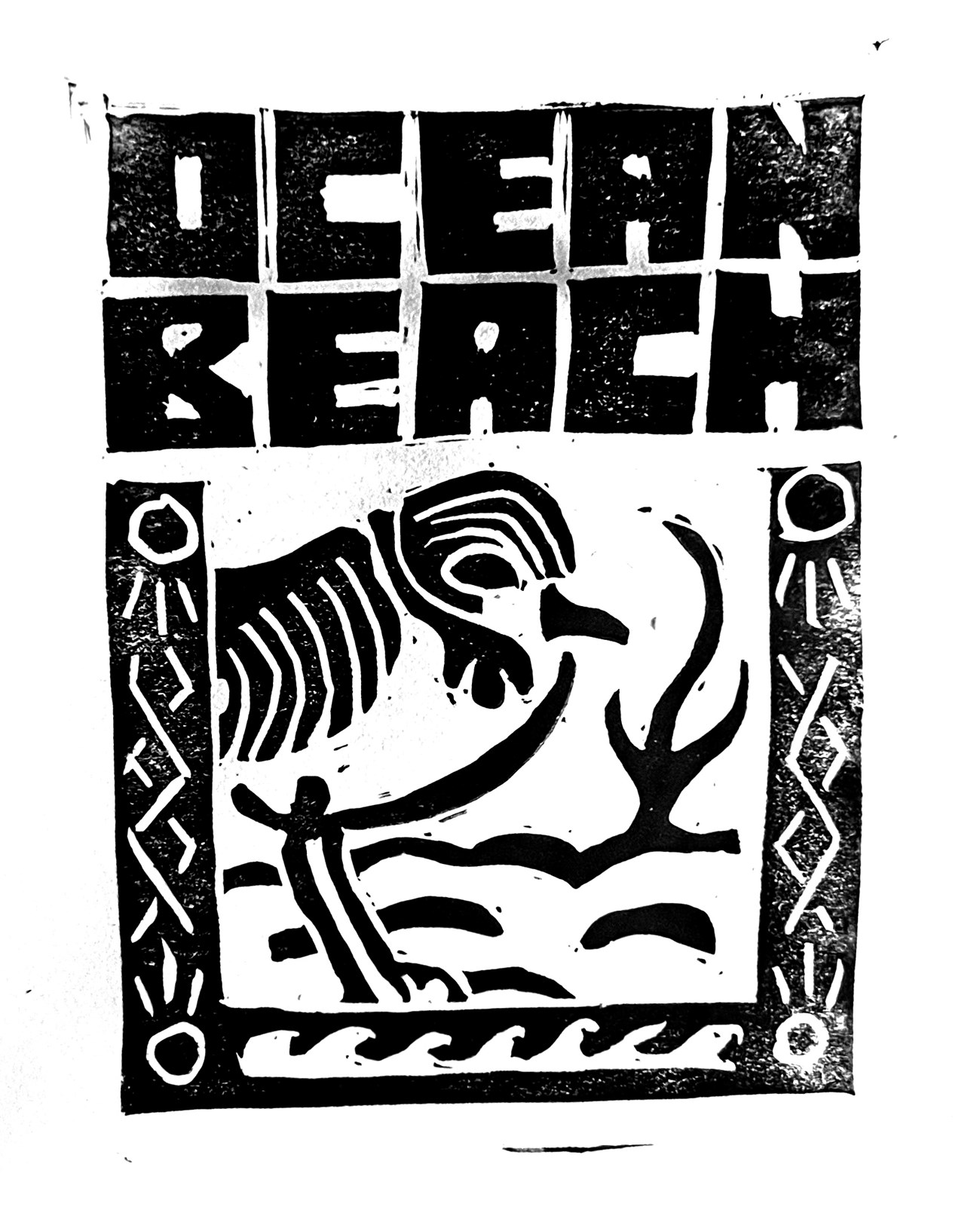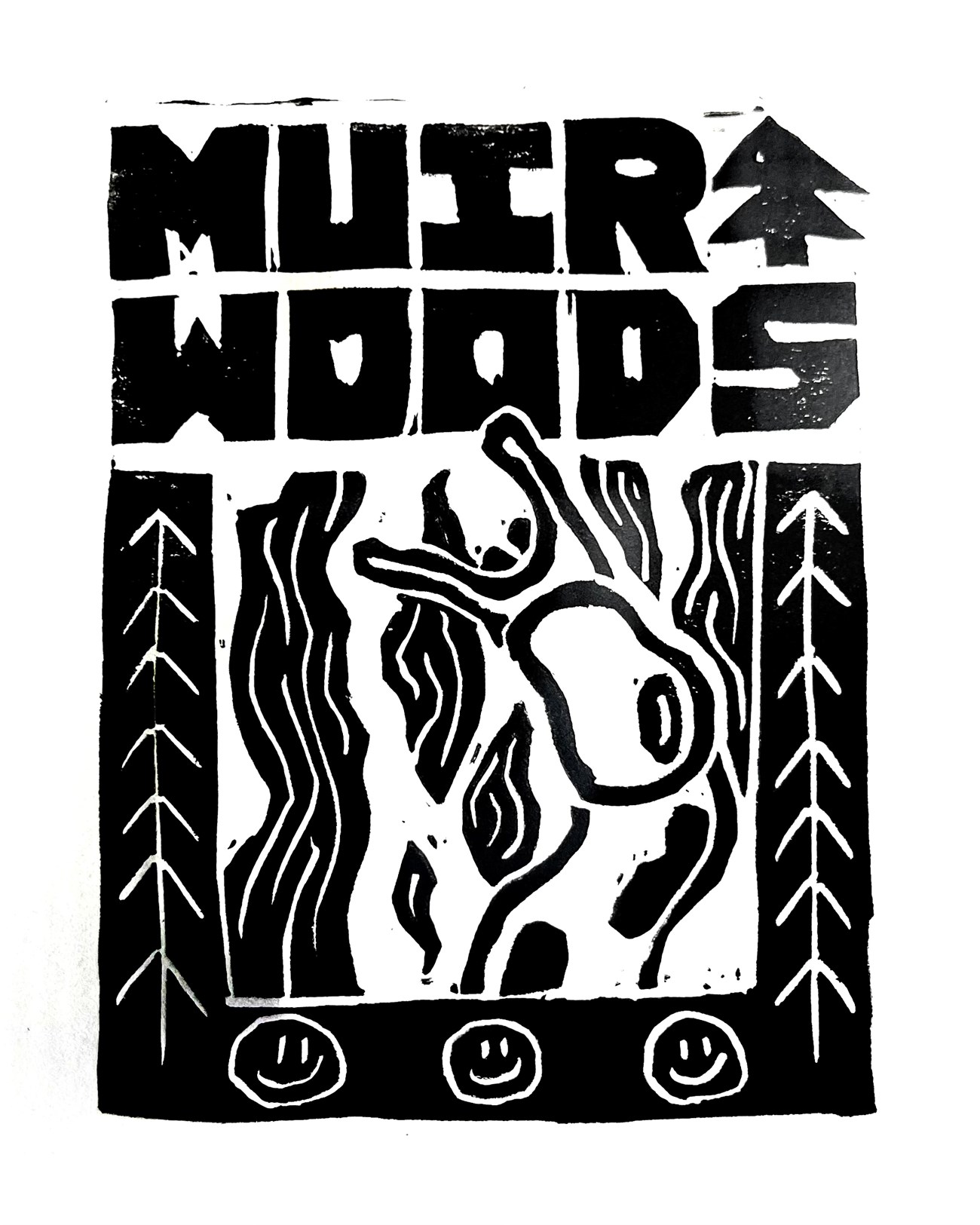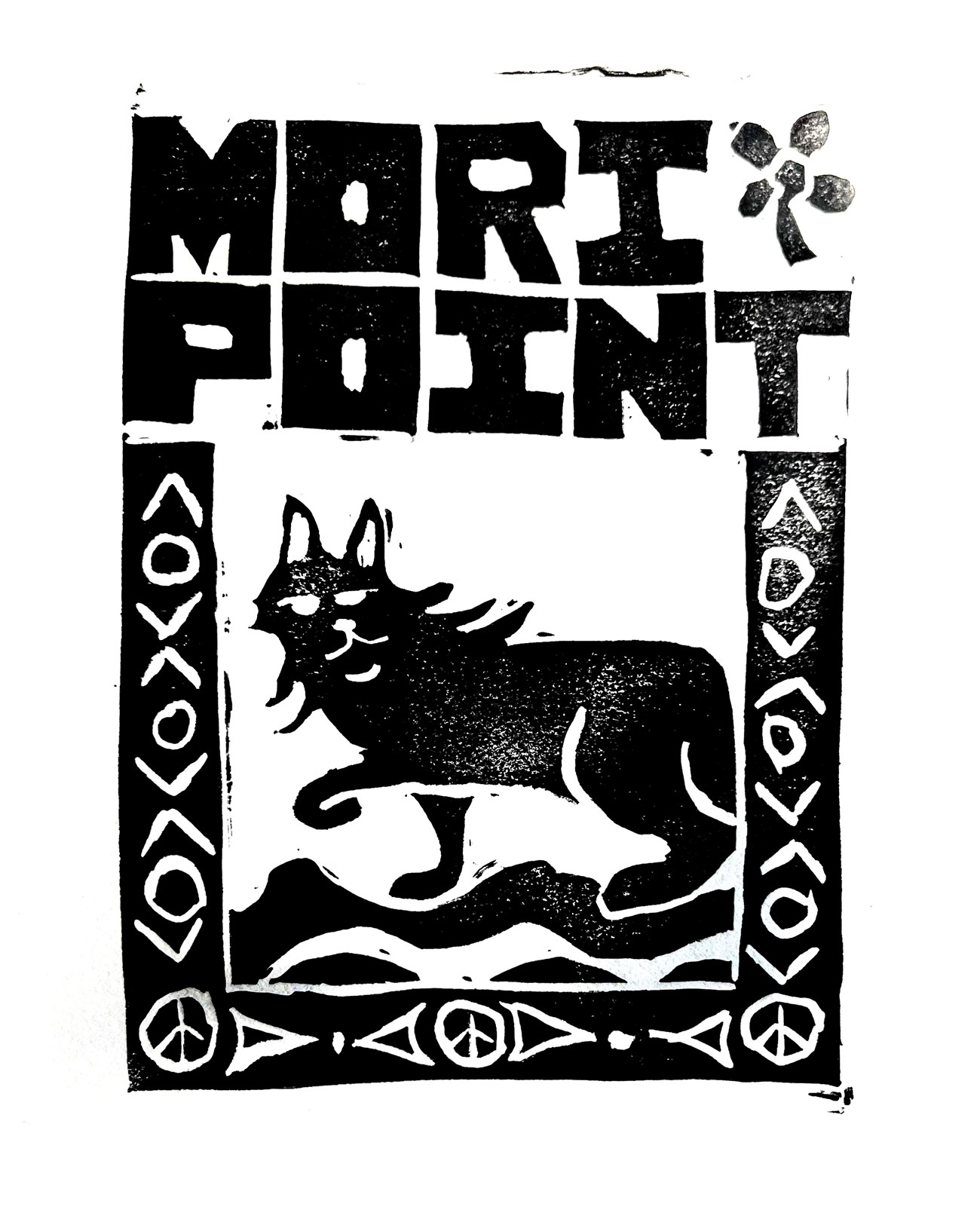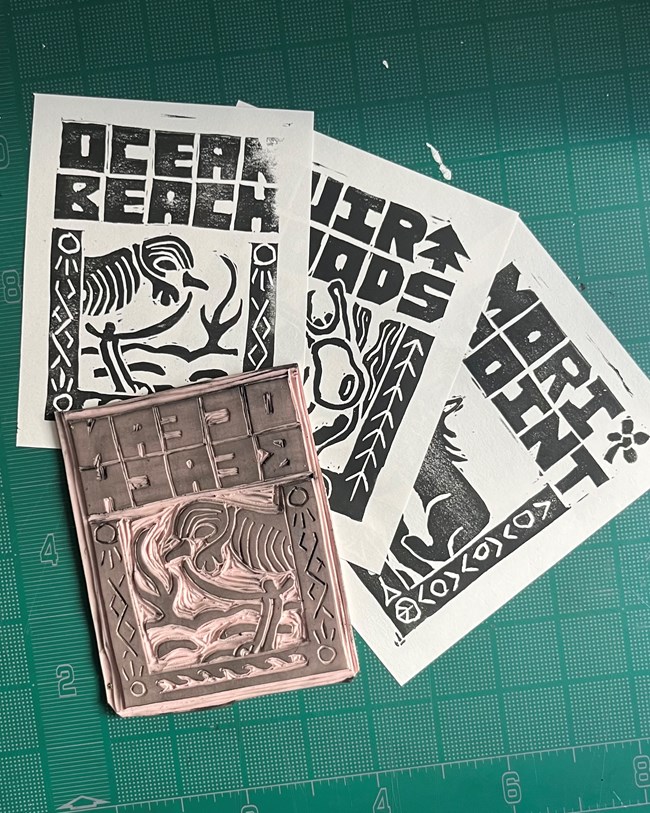Last updated: July 25, 2025
Article
Three Park Sites to See—or Be Seen By—Three Iconic Animals
By Community Stewardship and Engagement Intern Ryan Kilmer, Golden Gate National Parks Conservancy

Golden Gate National Parks Conservancy / Ryan Kilmer
1. Ocean Beach - Western Snowy Plover
These tiny shorebirds are some of the cutest creatures you can find in the Bay Area. They can be found on beaches all along the West Coast, and small flocks of them occupy the wide-open shores of Ocean Beach in San Francisco. Due to diminishing numbers from degradation and loss of sandy beach nesting habitat, western snowy plovers are listed as a federally threatened species. They are often at risk from beachgoers, dogs, and vehicles even when they’re not nesting. Snowy plovers don’t nest on Ocean Beach, but they rest and recharge there in between nesting seasons. Large sections of Ocean Beach are designated as seasonal protection areas for these birds in order to help them rest up and stay healthy. Visitors to these areas can help keep plovers safe by giving them lots of space and keeping dogs on leash. So next time you're at Ocean Beach, don't forget to look out for these adorable little birds and listen for their "squeeeks" while enjoying the waves!
Golden Gate National Parks Conservancy / Ryan Kilmer
2. Muir Woods - Banana Slug
These yellow slugs are some of the largest terrestrial mollusks on the planet, growing up to ten inches long. They thrive in the moist, coastal forests of Muir Woods and may be seen in clusters (five slugs per square meter is not uncommon!). Usually colored yellow like a banana, they can sometimes be found in a greenish-brown color or with black spots. In banana slugs, the mantle (the raised part of their body extending back from their head) contains a pneumostome, or breathing hole, on the right side. On your next trip to Muir Woods, be sure to keep an eye out for these slimy little critters on giant redwoods or hiding under the rocks.

Golden Gate National Parks Conservancy / Ryan Kilmer
3. Mori Point - Bobcat
These wild cats may look cute and cuddly, but their looks may be deceiving! They use their claws and teeth to hunt down small mammals and birds all over the Bay Area. Their populations in California may not be considered at risk, but continued human encroachment into their habitats has forced them to adapt to the ever-urbanizing world around them. They like to stay clear of us humans, but if you do see one, be sure to keep your distance and make noise to let them know you're around. So while you may not see a bobcat on your next trip to Mori Point, they very well may see you!
About the Artist / Author

Golden Gate National Parks Conservancy / Ryan Kilmer
See more from the Bay Area Nature & Science Blog
